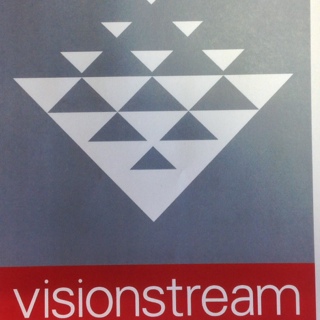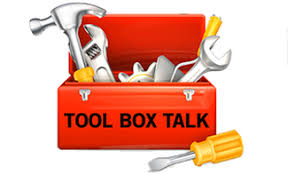Information
-
Company Name
-
Conducted on
-
Prepared by
-
Location
-
Name of Riggers
Information taken from "Recommended guidelines for the safe use of tools & equipment at heights" April 2011; DROPS; www.dropsonline.org
Tool Bags, pouches and belts
-
Tools are taken aloft in a Tool Bag
-
The Tool Bag can be attached to the user and leave both hands free
-
Carrying pouches are used for radios and any other portable equipment with no dedicated attachment point
-
The Locks on carrying pouches have a double securing mechanism to guard against unintentional opening.
-
Belts do not have snap fasteners
-
Tool Lanyards are used between the tools and belt or bag
Tooling Specifies
-
Multi-part tools have a system to prevent separation (e.g. Sockets must be locked onto extension bars)
-
All hammers have steel or composite shafts, non-slip handles and a head locking system to prevent separation of the head from the shaft.
-
Sockets, extensions and ratchets etc have pin locks.
-
Only the required tools are carried in the Tool Bag when working at heights.
Lanyards and Attachment Points
-
All tools used at heights are attached to the Tool Bag or the equipment loop on the harness.
-
The lanyard attachment point on the tool still allows the tool to be used effectively.
-
The lanyard length does not hinder the function of the tool
-
For tools >5kg a rated screw gate carabiners are used
-
Wrist lanyards are not used unless a documented risk assessment has been approved by VPL SHE Manager
If "No" to any of the above questions, the non-conforming component cannot be used when working at heights.
I declare that I have inspected the equipment used by my rigging crew and have recorded the level of compliance accurately.
-
Supervisor Signature












